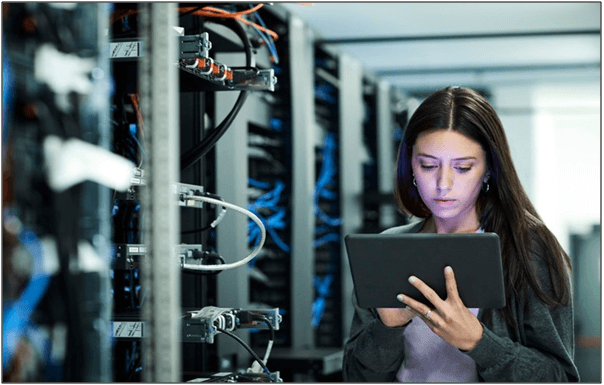Procure-to-pay automation is the process for businesses to become more efficient by automating manual tasks and streamlining collaboration between stakeholders. As an example, procurement and account payable automation can improve the purchasing experience for consumers while reducing the workload for procurement and accounts payable departments. It will also make the teams more efficient and allow them to focus on tasks that add more value. There are some essential issues that drive a company towards procure-to-pay automation. These issues will be discussed in this article, and they include ensuring user adoption and top management support in implementation is crucial. Besides, procure-to-pay automation needs the reliability of system maintenance, the extent of system complexity, and proper system integration or interface. Real-time integrity, operation risk management, legal issues, and compliance make it easier to automate getting goods and paying for them.

Table of Contents
Assurance of User Adoption
Finding the right tools and automation solution is only half of the battle. End-users must embrace procure-to-pay automation for it to be successful. The successful implementation of procure-to-pay automation is dependent on the managers, employees, and vendors who will be using the new system. Moreover, constant communication with the teams is critical to ensure no resistance to change. To achieve actual end-user adoption, they need to understand the functionality, benefits of procure-to-pay automation, and the reason behind the changes. Without a clear understanding of the technology and its benefits, users are reluctant to make an effort to change their routines. Hence, effective communication, robust systematic training, and even incentive can help to minimize apathy. End-users must understand the training objectives and communicate effectively throughout the project. When end-users recognize the positive impact of procure-to-pay automation on their workflow, they realize they need cutting-edge technology to improve their ability to innovate, make collaboration more accessible, and help them make better decisions.
Top Management Support
When addressing the drivers for implementing procure-to-pay automation, top management support is one of the critical factors for success. It is primordial to leverage maximum management support to onboard with procure-to-pay automation early on and regularly keep them informed on the project progress. In addition, it ensures that company executives give the project enough attention and allows top management to steer the project to align with the company’s broad objectives. On the other hand, procure-to-pay automation is not an effort isolated to a single business function. Instead, the company’s top executives are responsible for its successful implementation. Management support can be emphasized by involving senior management actively in coordinating the effort and allocating necessary resources. Consistent communication with senior management and employees ensures that everyone knows the company’s plan.

Reliability for System Maintenance
Reliability depends on the availability and ability of the system to function effectively. Managing reliable system maintenance is crucial in ensuring that procure-to-pay automation works effectively. Proper care and optimum availability contribute to a reliable procure-to-pay automation system, affecting users’ reliance on the system. The two types of maintenance activities are corrective and preventive maintenance. Lack of preventative maintenance often leads to unplanned corrective maintenance, which can prove very costly. Regular preventive maintenance will ensure that the procure-to-pay automation system runs smoothly, lowering overall business costs.

The Extent of System Complexity
End-users cannot use their procure-to-pay automation system effectively if it is too complicated and not user-friendly. Most procure-to-pay automation system creators are technical professionals concerned with the complexities of various designs. When putting together a procure-to-pay automation system, they don’t consider the technical and knowledge gaps of the people who will use it. Therefore, it is essential to have a user-friendly system in a procure-to-pay process that will improve the procurement operation’s workflow. The system must also deliver accurate, manageable, and flexible data because the user will always rely on it. For example, a procure-to-pay automation system with correct and flexible data will make customers happier and give the company more credibility.
Weak System Integration or Interface
Sharing and integrating information between companies is necessary for value optimization. Weak system integration or interface in the procure-to-pay automation system results in insufficient data sharing across business processes and activities. However, there seems to be a lot of confusion, delays, and overspending when the integration of a procure-to-pay automation system is weak. As an example, a customer sales representative cannot tell customers promptly about inventory availability when there is a weak integrated interface in current inventory data. Change is never easy, but it is essential to keep things as simple as possible. The user interface should have static and dynamic elements that make it easy to understand how things work.
The full content is only visible to SIPMM members
Already a member? Please Login to continue reading.

